The Institute of Contemporary Art (ICA) Watershed opened a new exhibit open this fall featuring digital versions of dolphins of the Caribbean, the last male northern rhino and an approximately 3 foot long monarch butterfly all under the same roof in East Boston.
The inaugural exhibit at the ICA Watershed presents the work of California native Diana Thater. The exhibit inside Watershed’s industrial space used moving images, natural light fluorescent light and projections to focus on the threatened natural world.
Thater used videos that seemed both distant and close, which modernized native animals by using technology and colored projective light. While standing inside a re-designed warehouse overlooking the Boston Harbor, the exhibit brought viewers into the natural world, while simultaneously alienating them from it.
Inside the exhibit, dolphins swim across walls alongside divers and butterfly wings flap on the floor as spectators walk in between the ocean and the sky. Inside a nook, viewers can stand next to the last male northern white rhino and find themselves inside a pure, blue sky with white clouds floating by.
Surrounded by so many different worlds of both the animal kingdom as well as space itself, one can feel as though they are teleporting into different worlds.
The artist uses the real world to create “painting a still life” with close up photography of a world unknown to many: a pure animalistic experience. The pieces all involve video installations projected onto the walls, screens or in displays.
Thater’s projection displays show animals and objects of the natural world that could one day no longer be, but have been present in the world longer than humans have.
Thater uses technology in her art to show the viewer the beauty of the natural world by using what the human world has created. The screens, projectors and lights are a parallel between our world and its effects on nature.
Thater used multi-layered screens to project her videos of the endangered world and showed what many have only seen in pictures, making a world that could be taken from us only seem that much closer. While walking next to an animal like Sudan, the last white northern male rhino, and knowing his death has already occurred can make the viewer realize that the skyline and elephants pictured after Sudan could be next too.
The artwork was accompanied by vibrant hues to contrast against its up close and personal viewpoints of nature. The artwork puts the viewer into the dimension of the animal or plant depicted, placing the spectator next to the art instead of overlooking it.
Standing inside clouds, walking past dolphins and around a video of the last white male rhino who has already died are the focal points inside the Watershed. Videos of night flowers and the sun also sit alongside them.
The exhibit is Thater’s first major presentation, which brought years worth of film and work into the space. Her work can attract environmentalists and be viewed and enjoyed by an average citizen because each piece is accompanied with a pamphlet that dives deeper into her objective.
Thater’s art is multi-dimensional with a common ground of the pure and natural world tying the ribbon around her attraction as something made by human hands to bring forward what the human hand could do to the world we all call home.








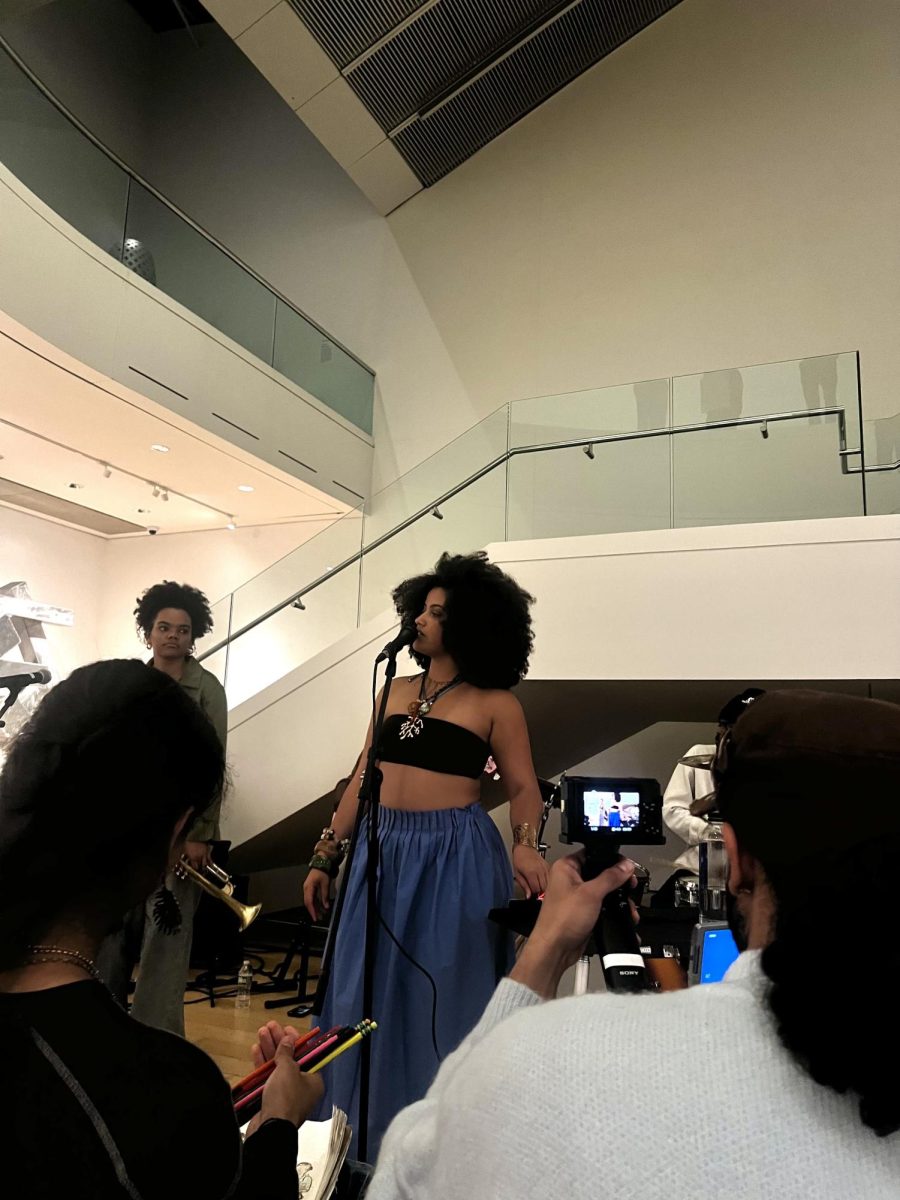



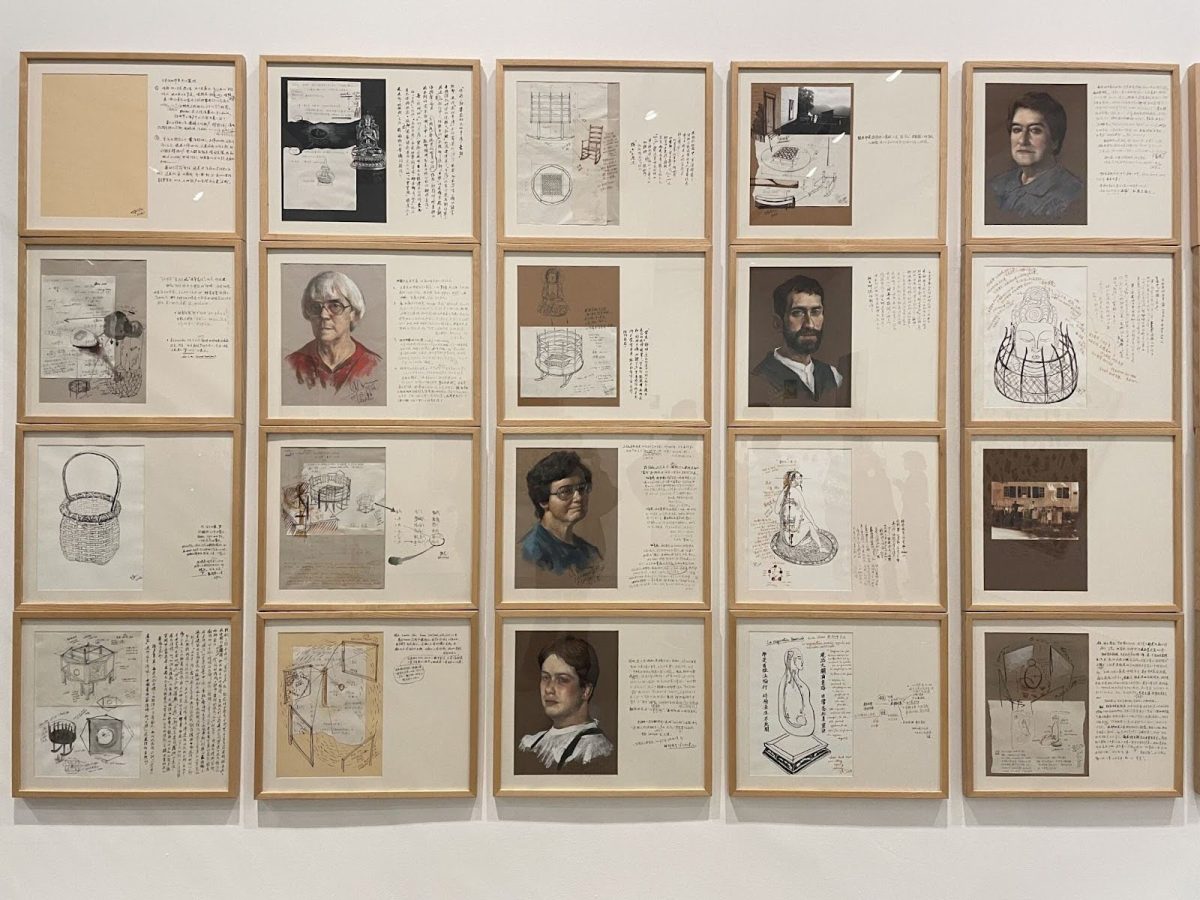

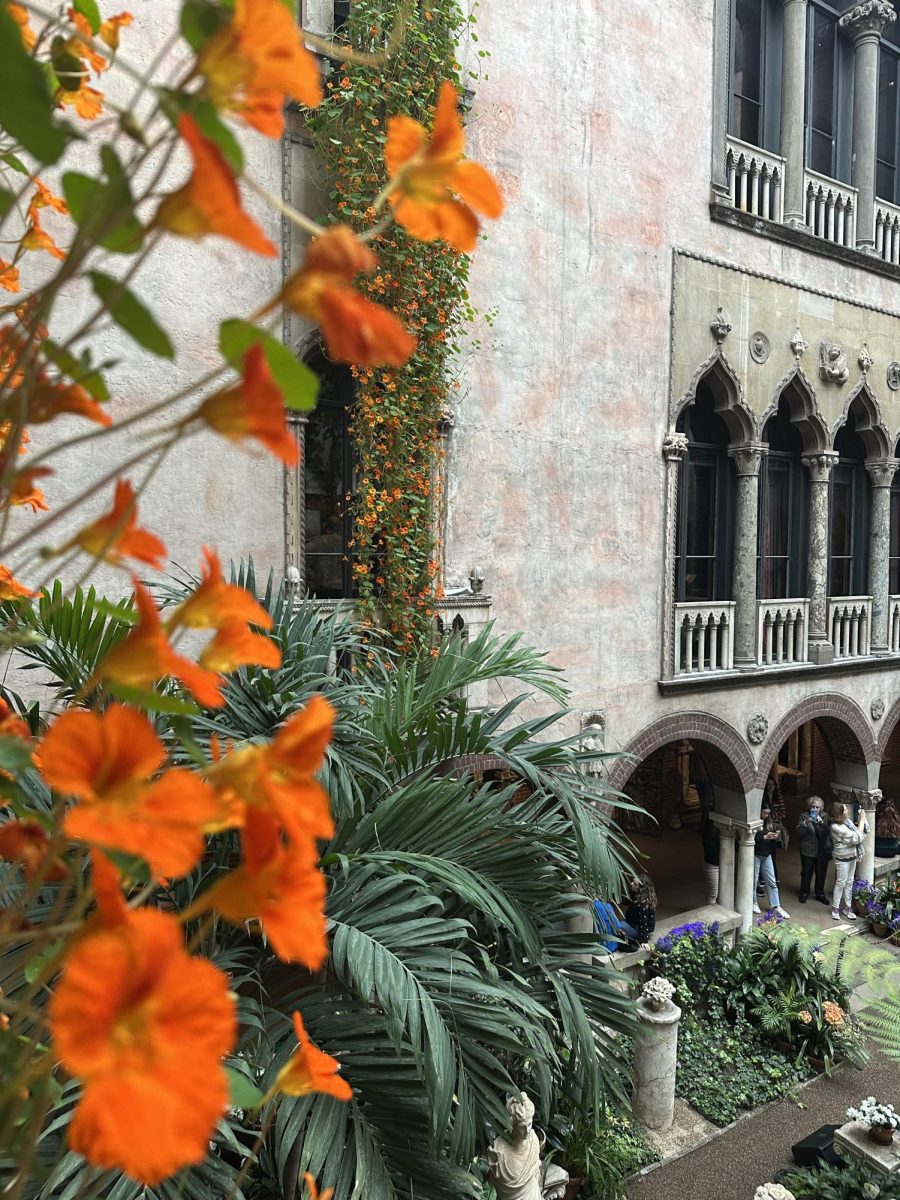
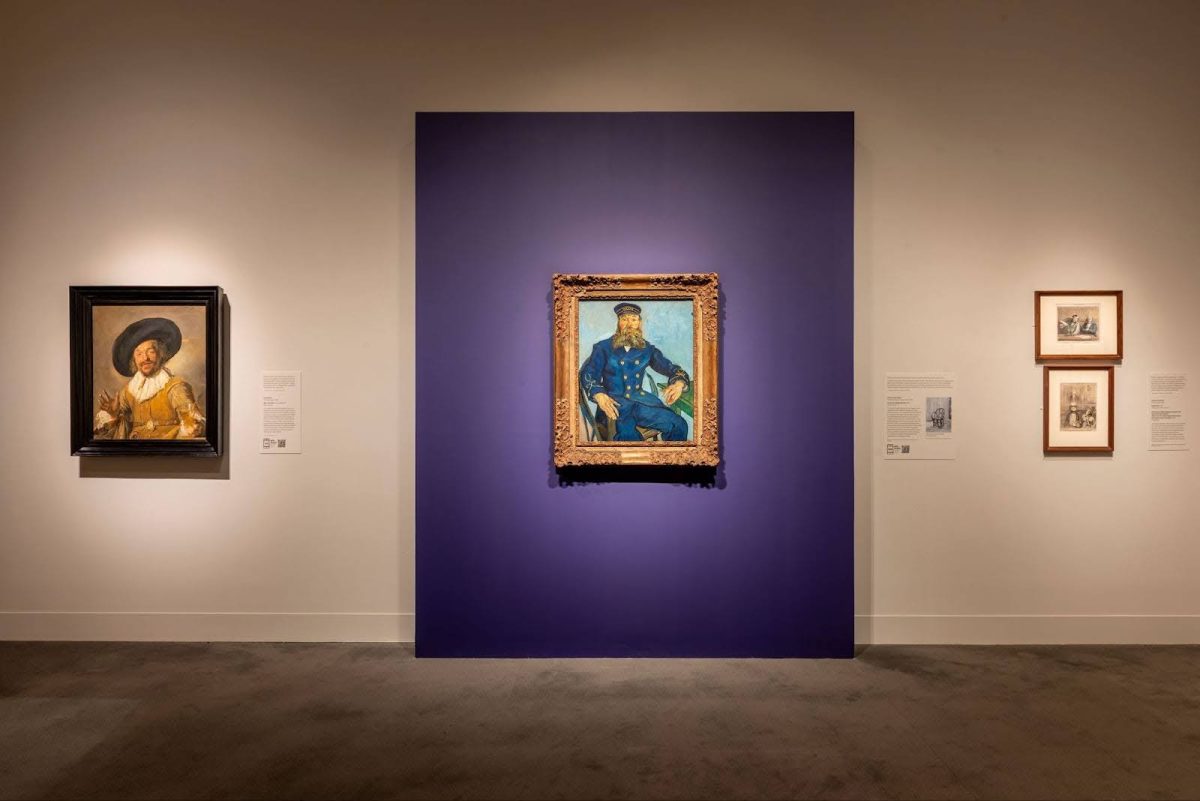
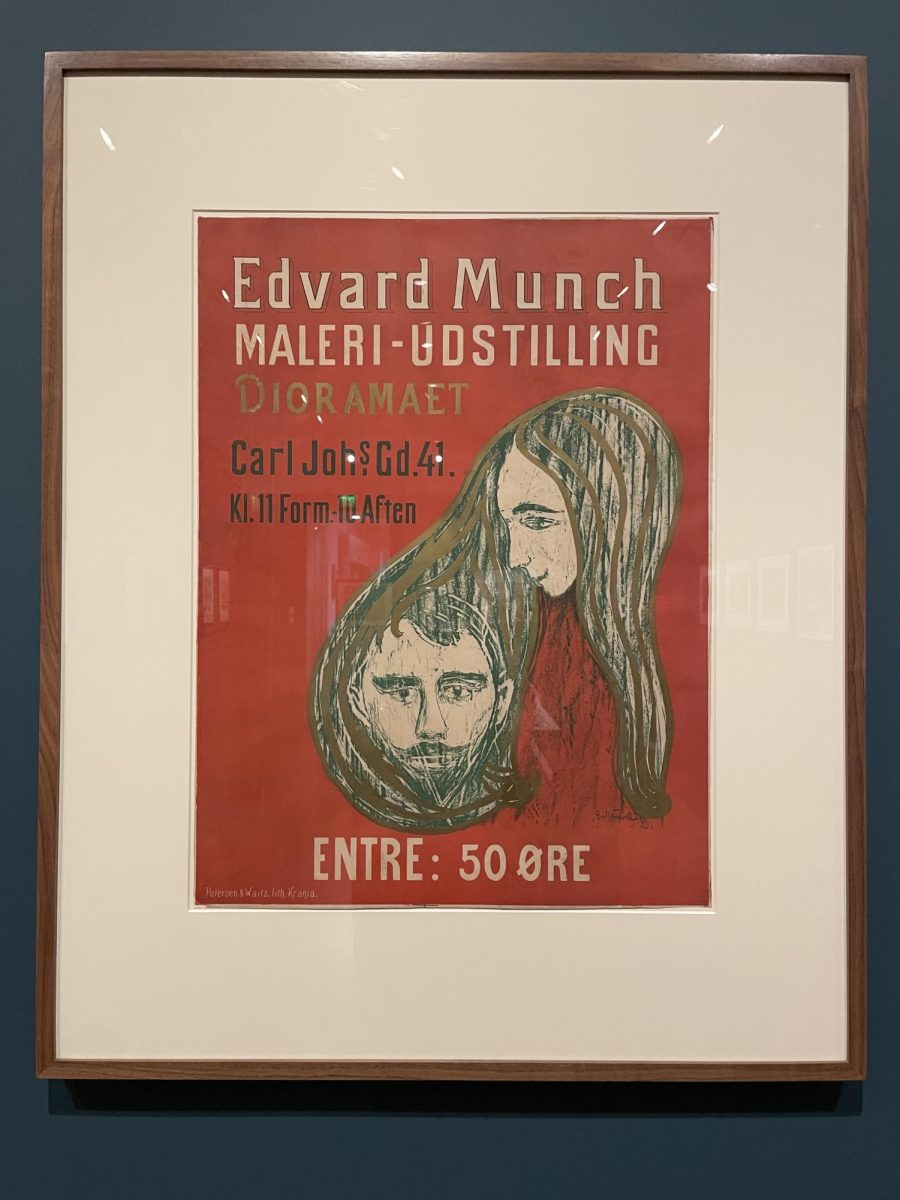
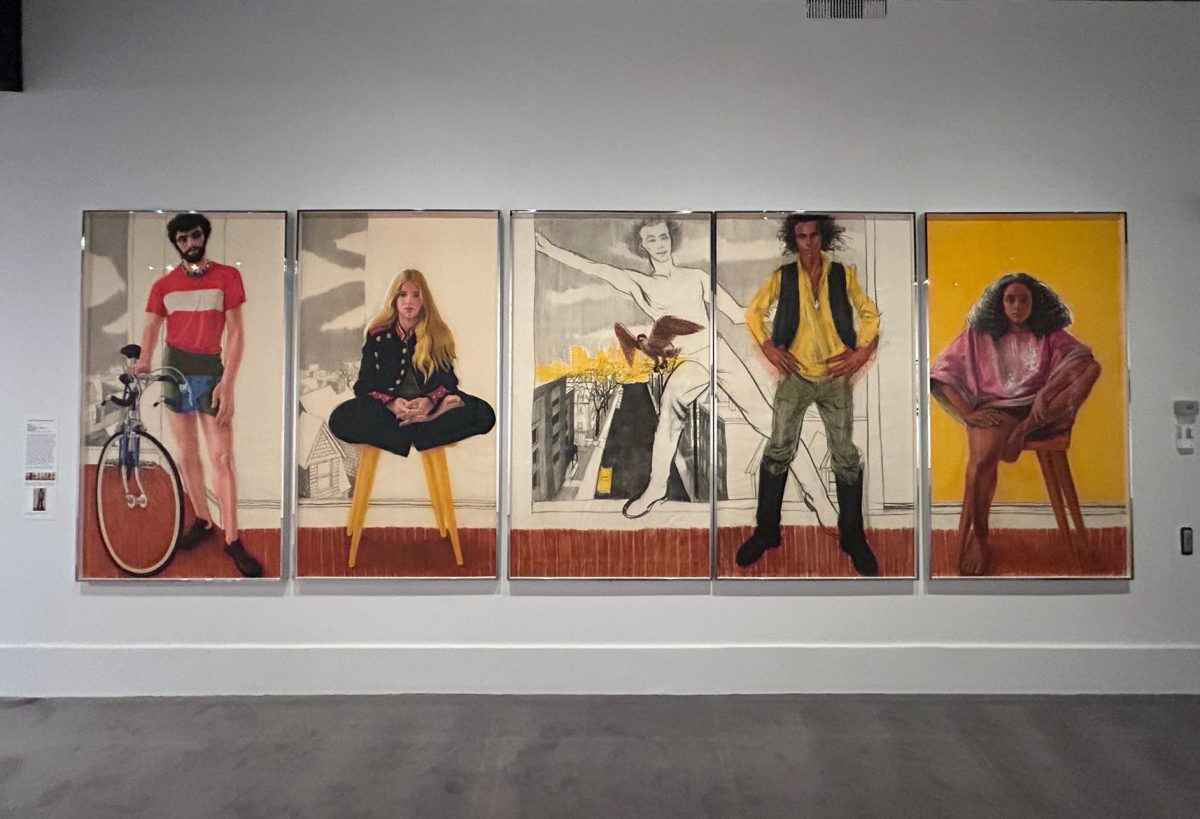
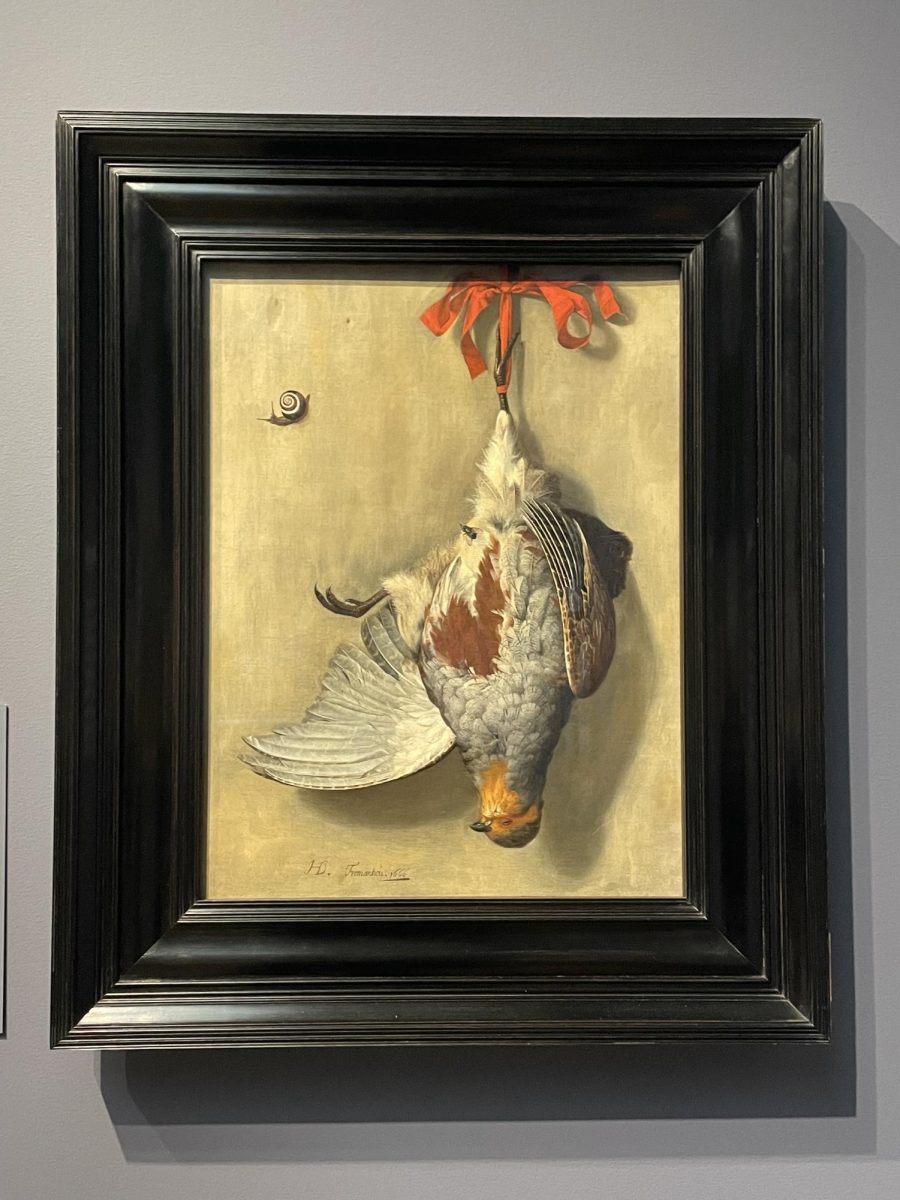
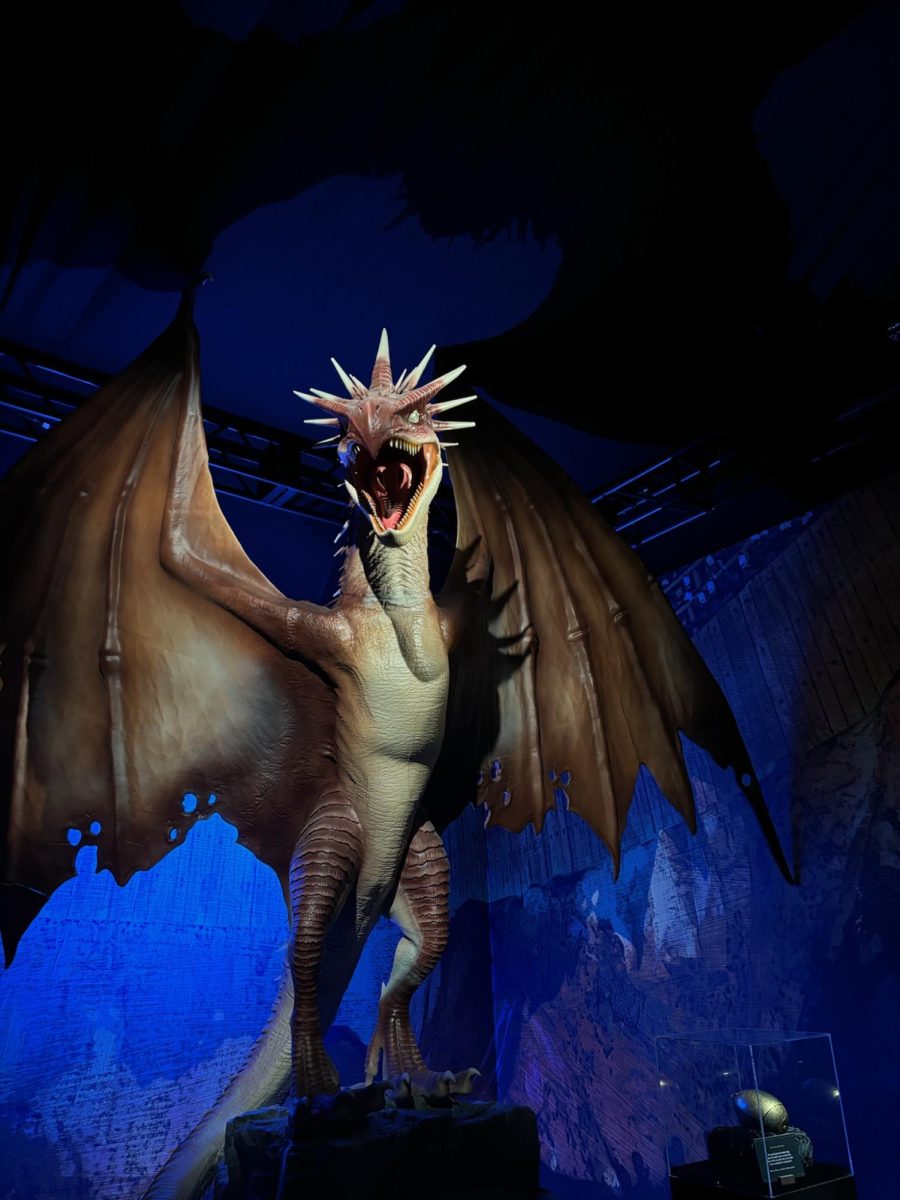
Helene Sherman • Oct 16, 2018 at 11:56 am
What a lovely article written with great perspective…